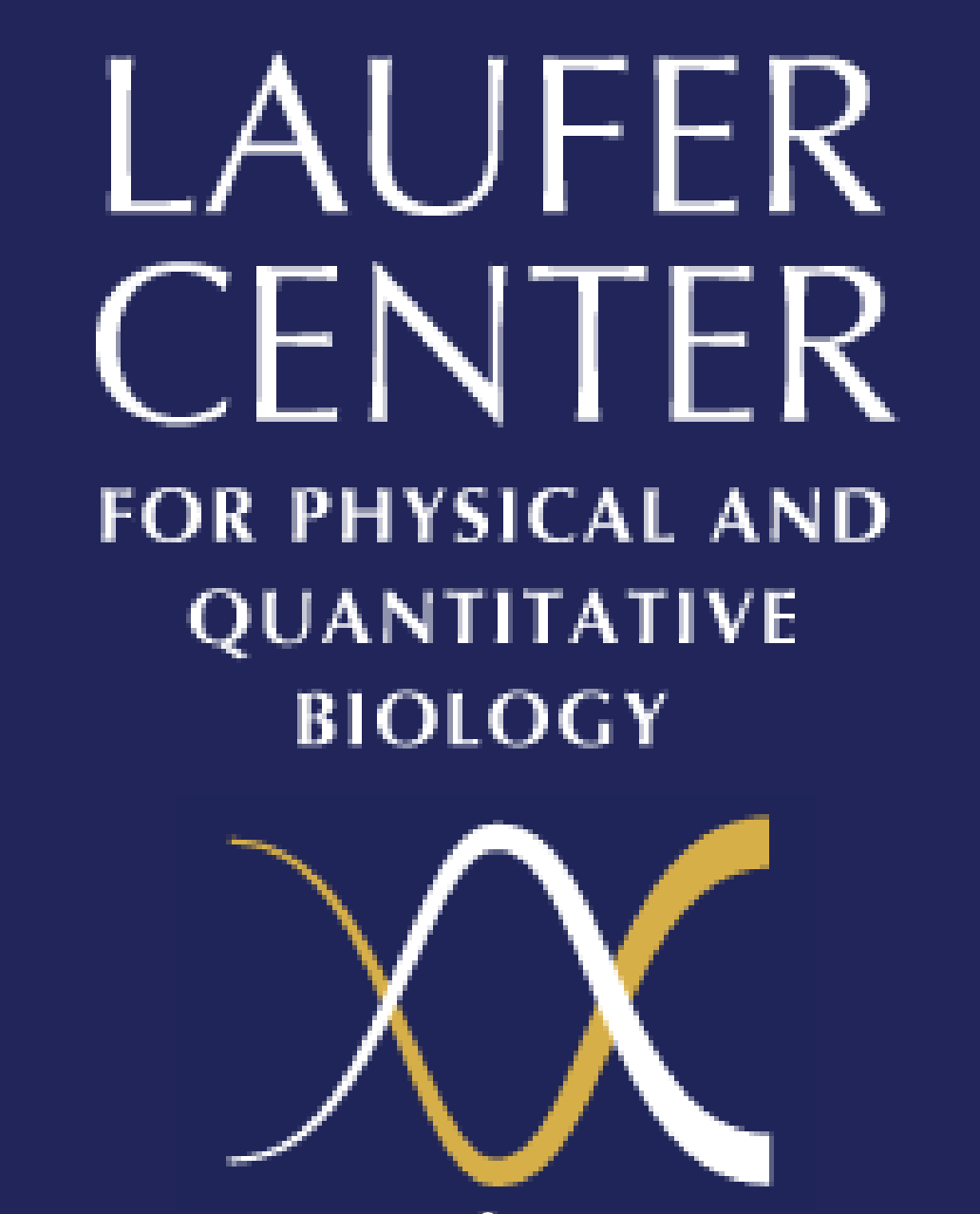Events Calendar
Assistant Professor
Department of Chemistry and Biochemistry
Ohio State University
Computational Protein Structure Prediction from Mass Spectrometry Data
Mass spectrometry-based methods such as covalent labeling, surface induced dissociation (SID) or ion mobility (IM) are increasingly used to obtain information about protein structure. However, in contrast to other high-resolution structure determination methods, this information is not sufficient to deduce all atom coordinates and can only inform on certain elements of structure, such as solvent exposure of individual residues, properties of protein-protein interfaces or protein shape. Computational methods are needed to predict high-resolution protein structures from the mass spectrometry (MS) data. Our group develops algorithms within the Rosetta software package that use mass spectrometry data to guide protein structure prediction. These algorithms can incorporate several different types of mass spectrometry data, such as covalent labeling, surface induced dissociation, and ion mobility. We developed scoring functions that assess the agreement of residue exposure with covalent labeling data, the agreement of protein-protein interface energies with SID data and the agreement of protein model shapes with collision cross section (CCS) IM measurements. We subsequently rescored Rosetta models generated with de novo protein folding and protein-protein docking and we were able to accurately predict protein structure from MS labeling, SID and IM data.
Visit the Lindert Lab


